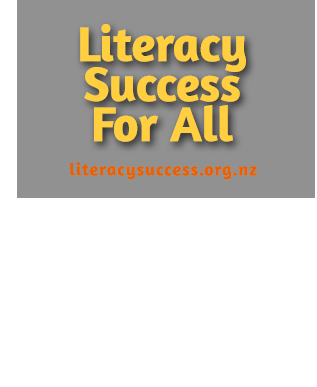 On 21 February 2019, Joy Allcock presented this short summary of the Shine Literacy Project for the 2018 year. You can read her full report for the year here. Shine_Literacy_Project_Report_2018
On 21 February 2019, Joy Allcock presented this short summary of the Shine Literacy Project for the 2018 year. You can read her full report for the year here. Shine_Literacy_Project_Report_2018
Background
There is a significant gap between students who do well in New Zealand schools and students who do not. This has been an ongoing concern for New Zealand since the first Progress in Reading and Literacy Study (PIRLS) in 2001 when this achievement gap was highlighted. New Zealand’s gap, when comparing students at either end of the achievement spectrum, is the largest of all OECD countries taking part in PIRLS. In 2016, 27% of students taking part in PIRLS from New Zealand schools scored at the Low or Below the Low Benchmark, and 41% scored in the High or Advanced Benchmark.
Between 2014 and 2016, in an attempt to do something about this achievement gap, 32 schools were involved in the Shine Literacy Research Project which evaluated the impact of a change in teacher practice on the acquisition of early literacy skills. Because of the success of that Research Project, the majority of these schools have continued to work together ever since.
Shine Project 2018
In 2018 twenty-five schools were part of the Shine network of schools working together to implement the 'Sounds Like Fun' approach to
Achievement during this year was measured by looking at achievement from the start to the end of the year using the Effect Size shift, to show the impact of instruction over the year. To give a perspective on what Effect Size shifts mean, John Hattie (1999) describes them this way:
- Normal student maturation would give an Effect Size shift of 0.1
- A teacher in front of a class would give an Effect Size shift of 0.24
- 0.4 shows Innovations in schooling
- 0.4 – 0.6 is a medium educationally significant impact
- Greater than 0.6 is a large educationally significant impact
All Shine schools made significant improvements to students’ literacy outcomes with Effect Size shifts ranging from .3 to 2.6. What this means is that all schools in the project achieved greater success than would be expected in a normal year’s learning. Despite these results, we know that there is a significant achievement gap in our Shine population.
Until now, our focus has been on changing teacher practice in the classroom. Using the Response to Intervention (RTI) framework, we have focused our efforts on 'whole class (Tier 1) instruction'. The achievement results from 2018 show that we have made significant progress in achievement doing this, with every school achieving Effect Size shifts that show considerably more than a normal year’s progress. This improvement in achievement is also evident when we look at the scaled test scores (stanines) for reading and spelling. Moving up stanines from the start to the end of the year can only happen if students make more than a normal year’s progress. Teachers deserve to be proud of these results.
Here's one example of a Year 2 class and the progress the students made in reading in 2018.
However, there is a still wide spread of results across schools. Some teachers produced remarkable shifts in their students’ achievement, moving them ahead of students in other schools who started in the same place. We need to investigate the factors that brought about this accelerated student achievement, to identify what made it possible for them to move ahead of their peers.
This year our schools used the beagle® assessment App which has allowed us to measure the achievement gap and to identify students in need of more intensive instruction. We are now focused on tailoring instruction to meet student needs in order to address this problem. Continuing to measure the achievement gap will show whether
In 2018, we again received generous financial contributions from The Todd Foundation and The Wright Family Foundation as well as donations from other sources. The management of these funds and support from the Porirua Foundation allowed us to provide schools with support to accelerate students’ achievement. We provided beagle to all schools, which helps teachers to analyse assessment data to accurately identify students’ needs and measure their progress and achievement. We provided teachers with Professional Learning and Development and Lead Teachers with support to manage change in their schools. We also provided teaching resources and a range of diagnostic assessment tools that further investigate the learning needs of students who have been identified as needing Tier 2 or 3 (more intensive) instruction.
We need to find out what accounts for the largest movement in student achievement. We will continue to work together as a committed group of professionals to identify and implement strategies that raise student achievement and close the achievement gap.
